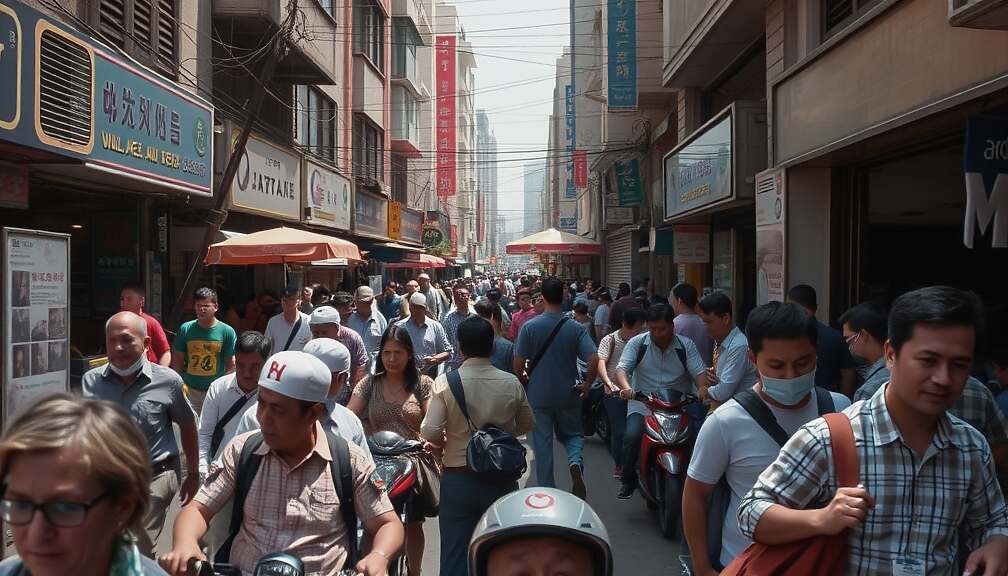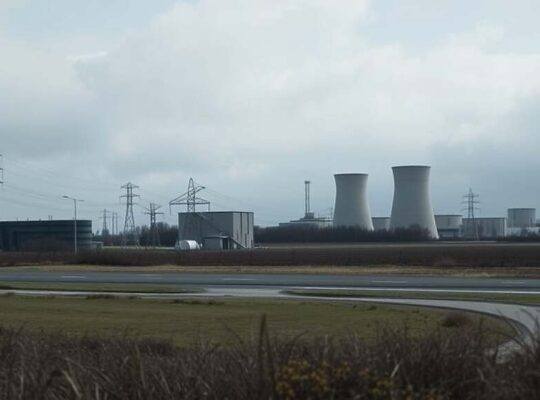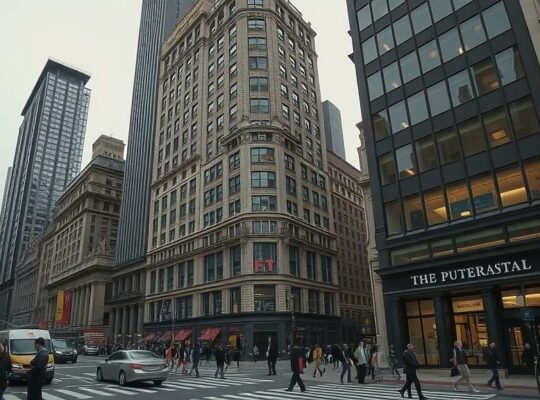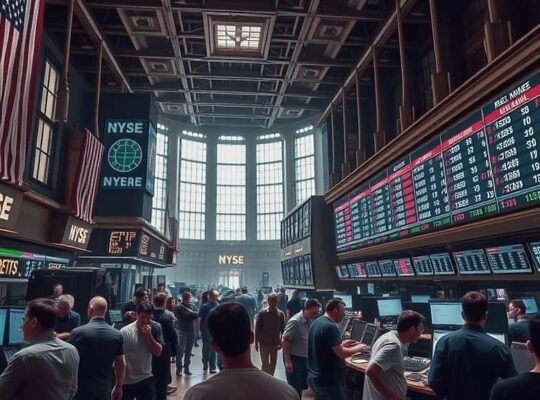Market Optimism Tempered by Supreme Court Scrutiny of Trump’s Trade Powers
US equity markets experienced a positive session Wednesday, with the Dow Jones Industrial Average closing at 47,311 points, a 0.5% increase from the previous day’s trading. The broader S&P 500 reached 6,796 points, up 0.4%, while the Nasdaq 100 climbed to 25,620 points, showing a gain of 0.7%. However, the rally occurred against a backdrop of heightened legal scrutiny surrounding the trade policies of former President Donald Trump.
The Supreme Court Wednesday engaged in a protracted hearing, exceeding two hours, to assess the legality of Trump’s tariffs. The central constitutional question revolves around the President’s authority to impose import taxes, a power traditionally vested in the US Congress under Article 1 of the Constitution. While Congress can delegate this authority via legislation, such as the “International Emergency Economic Powers Act” which Trump has invoked, the court is examining the scope of this delegation.
Market reactions were initially positive based on the perceived skepticism expressed by the nine justices during the hearing. However, a degree of caution prevails. Previous experiences demonstrate a potential for the court’s conservative majority – comprising six justices appointed by Trump and his Republican predecessors – to ultimately align with the former president’s position, despite apparent reservations voiced during oral arguments. This undermines the initial optimism and adds a layer of uncertainty to future market movements.
The euro strengthened slightly Wednesday evening, trading at $1.1491, with the dollar fetching €0.8702. Gold prices benefited significantly, reaching $3,983 per fine ounce (+1.2%), equivalent to €111.43 per gram. Conversely, the oil price saw a notable decline, with Brent North Sea crude falling to $63.53 per barrel, a decrease of 91 cents or 1.4% from the previous day’s closing price.
The convergence of positive market performance and critical legal challenges highlights the continued impact of past political decisions on the current economic landscape. Investors are navigating a complex environment, balancing short-term gains with long-term risks stemming from the potential reassertion of expansive presidential trade powers.












